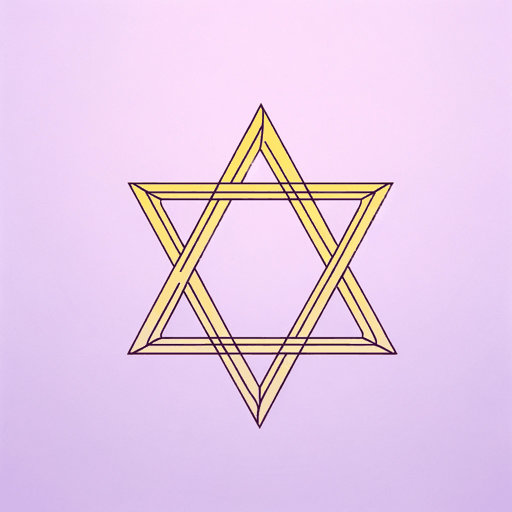46 pages • 1 hour read
Lucy AdlingtonThe Dressmakers of Auschwitz: The True Story of the Women Who Sewed to Survive
Nonfiction | Biography | Adult | Published in 2021A modern alternative to SparkNotes and CliffsNotes, SuperSummary offers high-quality Study Guides with detailed chapter summaries and analysis of major themes, characters, and more.
Chapters 7-8Chapter Summaries & Analyses
Chapter 7 Summary: “I Want to Live Here Till I Die”
Rudolf and Hedwig Höss led a luxurious life overseeing the concentration camp. Lavish vegetable gardens, maintained by inmates, surrounded the exterior, while the house’s rooms were elegantly furnished and decorated. The Höss children interacted with camp prisoners daily. Marta Fuchs initially served as a domestic servant, but her seamstress training proved fortunate when Hedwig requested a new winter coat; this secured Marta’s position as Hedwig’s personal seamstress and tailor.
Hedwig took full advantage of the slave labor the camp provided, unashamed to “[send] Marta ‘shopping’ in the great warehouses of Kanada” (185). While upper SS officers stole freely from these storehouses, lower-ranking members were prohibited from such looting. This was a blatant double standard, but so too was the fact that the former wealth of Jewish prisoners now enriched their Nazi captors. Publicly, figures such as Rudolf Höss “spoke out against black-market dealing yet did not question the provenance of his well-furnished house and well-stocked garden” (188). The Höss home at Auschwitz boasted fine food to serve to guests, orchestra concerts given by camp inmates, and modern-day fineries like central heating.
Outwardly Hedwig Höss was a model wife and mother, but she was not oblivious to the atrocities occurring underneath her nose.

